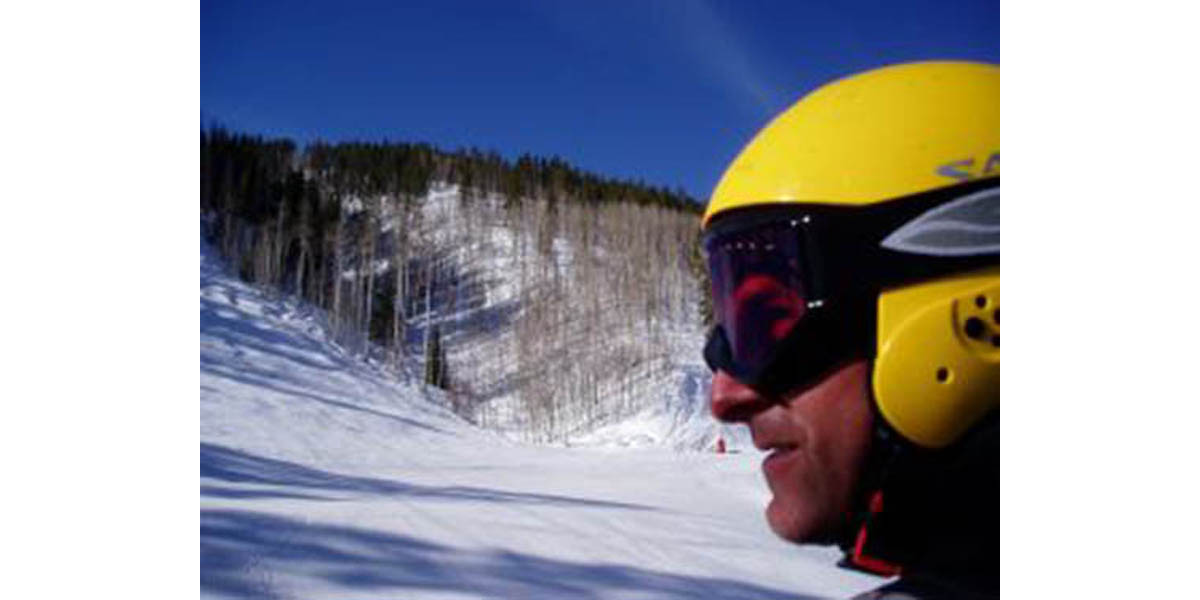Richardson is not the only celebrity to succumb to injuries suffered in a skiing accident. Sonny Bono, of Sonny and Cher fame and also a well-known politician, died after a skiing accident in 1998.

Richardson is not the only celebrity to succumb to injuries suffered in a skiing accident. Sonny Bono, of Sonny and Cher fame and also a well-known politician, died after a skiing accident in 1998. His death occurred only a week after the death of Robert F. Kennedy, son of politician Robert Kennedy, in a similar accident.
How to prevent head injuries while participating in winter sports?
When tragedies such as these occur, intense scrutiny of the incidents take place as people struggle to understand how the accident may have occurred and whether it could have been avoided or prevented. All too soon, other events take place which force the incidents out of the public’s minds and the accidents become merely footnotes in history.However, incidents such as these occur all too commonly to children the world over, but less notice is given when the victims are not celebrities. All too often, skiing and snowboarding accidents result in severe head, neck and spinal cord injuries that result in death or severe injury. Consider the following statistics from ski-injury.com:
- Helmet use increased in the 2008/2009 season to 48%, with rates increasing among children and those over 65 (an increase from 25% in 2002/2003)
- Over the past ten years, there have been approximately 39 deaths/year from all snow sports (NSAA, 2009)
- the leading mechanism of death in both snowboarding and skiing is collision with another person or collision with a static object (i.e. a tree)
- approximately 60% of fatalities that occur when skiing or snowboarding are the result of a head injury
- A 2002 study found that wearing a helmet led to a 43% reduction in head, face and neck injuries in children less than 13 years of age (McNab et al, 2002).
Mechanisms of Head Injury While Skiing/Snowboarding
Collisions-the most frequent cause of head injuries on the slope are collisions with other people or with immovable objects, such as trees. As it quite simple to reach speeds in excess of 30 to 40 miles per hour, even on intermediate slopes, one can see the potential for catastrophe. Often with children, they are inexperienced and cannot control their speed or they attempt to ski beyond their level of ability.Impact with hard surfaces- impacting with the ground (snow) is common among beginners, who may hit their head when they fall, usually on the back or sides of the head. Wearing a helmet can prevent these injuries from being serious injuries and convert them into minor incidences. Attempting jumps and tricks, as snowboarders love to do, puts them at higher risk from impacting their head on a hard surface, usually the ground.
Lift accidents- certain types of lifts have been known to cause head injuries to skiers not paying adequate attention when the lift circles around and they are unable to move out of the way quickly enough. This often happens when skiers or snowboarders dismount the lift and do not move quickly enough to get out of the way of the moving lift. T-bars are probably the biggest offenders in these types of accidents.
READ Traumatic Brain Injury Symptoms
Symptoms of Head Injuries
The consequences of head injuries, even those that do not prove fatal, can be severe. Symptoms of a head injury include the following:- Loss of consciousness
- Confusion
- Nausea/vomiting
- Blood or clear fluid seeping from ears or nose
- Abnormal gait
- Difficulty speaking
- Vision problems
- Severe headache
- Amnesia surrounding the event in question
Many children do not wear helmets when participating in winter sports, particularly skiing and snowboarding. There is evidence to show that wearing a helmet can save lives or decrease the risk of severe injury due to collisions with other people or immovable objects. Suffering a severe head injury can result in disability or death, as was the case with Natasha Richardson, Sonny Bono and Robert F. Kennedy, as well as numerous non-celebrity children and teens whose head injuries did not receive the public attention that these celebrities’ accidents did.
It’s important to discuss wearing a helmet while skiing and snowboarding with your children, particularly teens, who may view wearing a helmet with displeasure. It may help to remind them that an injury may prevent them from participating in winter sports for the rest of the season- or the rest of their lives. Parents should set a good example for their children by opting to wear a helmet when they are skiing or snowboarding. Imitation is the finest art, and the best way to persuade your children to do something you want them to do is to model the desired behavior.


Your thoughts on this